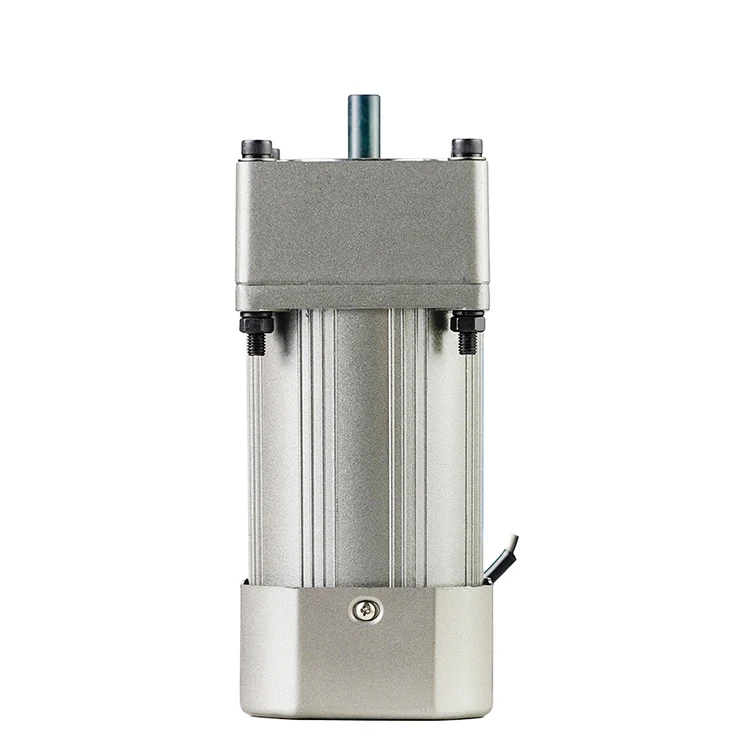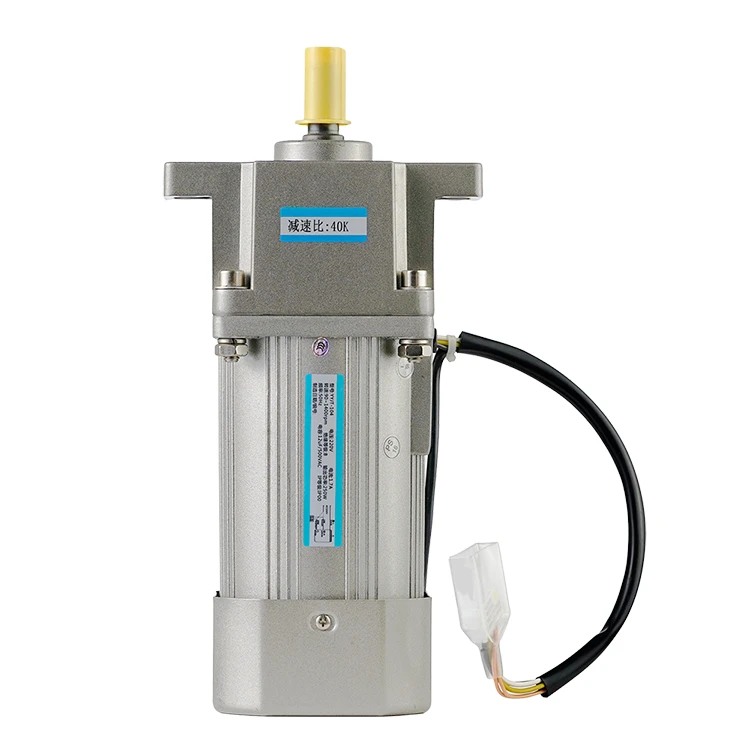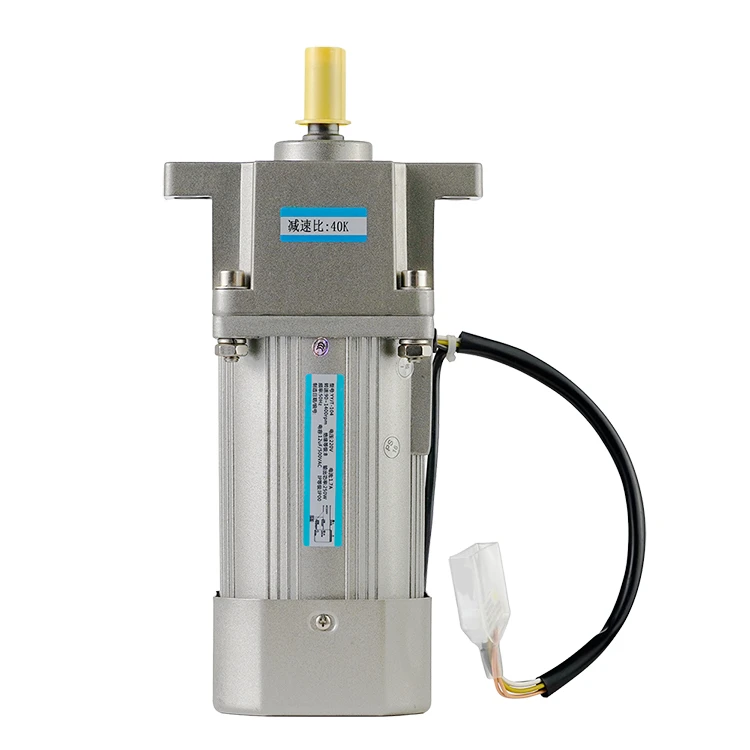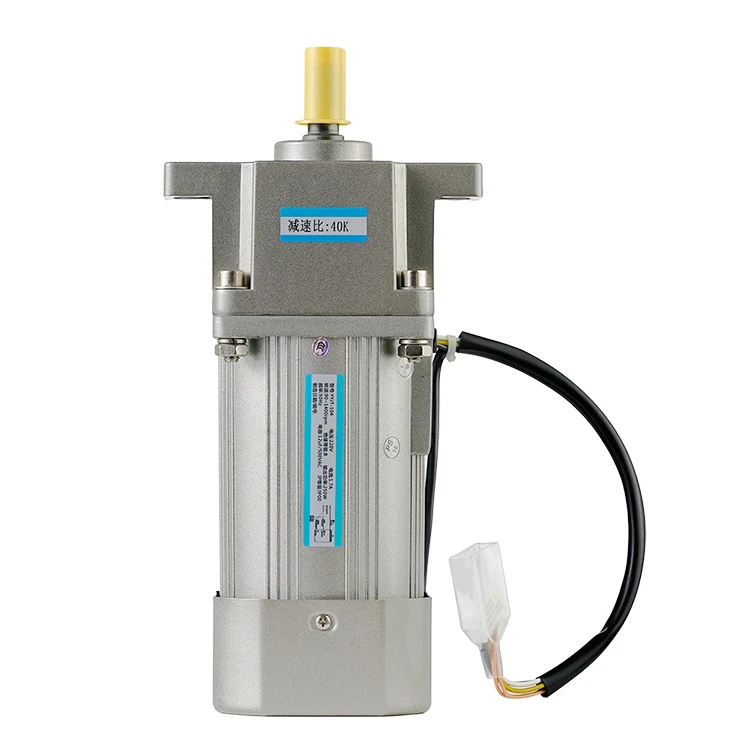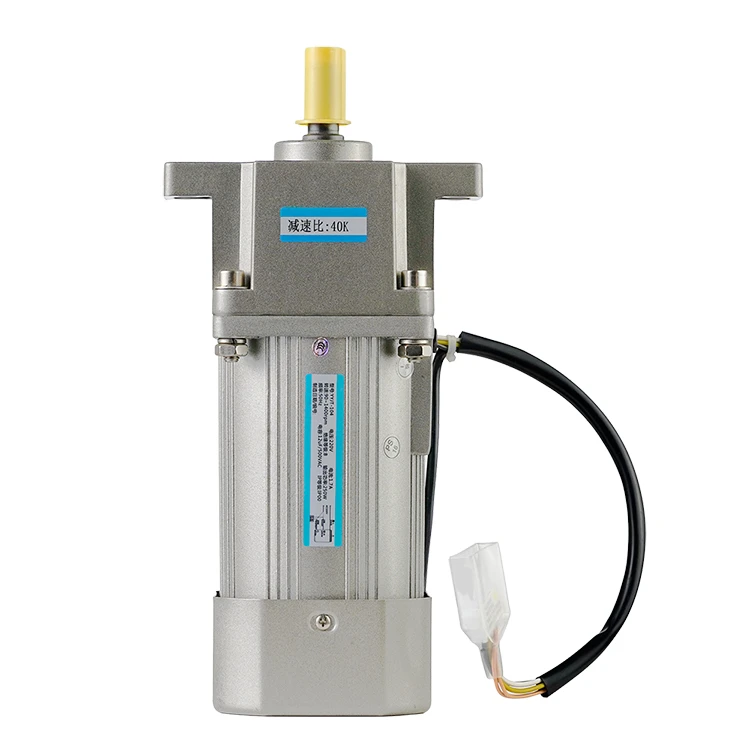How to calculate ac motor efficiency?
2023-01-04 16:11:40
Motors are used to get things moving, and the power for these motors typically comes from electricity. The efficiency of a motor is a measure of how well it converts electrical energy into mechanical motion. Calculating the efficiency of an AC motor is an important step in determining its performance and potential energy savings.
The Function of AC Motors
AC motors are used in a variety of applications, from manufacturing to household appliances. The power for these motors comes from electricity, which can be generated from a variety of sources such as coal-powered plants, windmills, or solar cells. The efficiency of an AC motor is a measure of how much of the electrical energy that goes into the motor is converted into usable work.
Calculating the Efficiency of AC Motors
To calculate the efficiency of an AC motor , you need to know the power output and power input of the motor. The power output is the mechanical power produced by the motor, which can be determined by measuring the torque and speed of the motor's output shaft. The power input is the electrical power consumed by the motor, which can be measured by monitoring the current and voltage of the electrical supply to the motor.
Formula for Calculating Efficiency
Once you have the power output and power input values, you can use the following formula to calculate the efficiency of the AC motor: Efficiency = (Power Output / Power Input) * 100. For example, if the power output is 200 watts and the power input is 250 watts, the efficiency of the motor would be 80%.
Importance of Knowing Motor Efficiency
Knowing the efficiency of a motor is important because it helps identify potential energy savings and improve its performance. A more efficient motor will use less energy to produce the same amount of output, resulting in cost savings for a company owner in a manufacturing situation. The efficiency of a motor can also be affected by various factors, such as the load on the motor, the type of load, and the motor's speed.
Conclusion
Calculating the efficiency of an AC motor is an important step in determining its performance and potential energy savings. By knowing the power output and power input of the motor, you can use a simple formula to determine its efficiency. Understanding the efficiency of a motor can help identify potential energy savings and improve its performance, making it a crucial factor to consider in various applications.
See What Lunyee Can Do For You
Contact Us
- 8619149417743
- +86-0371-5562 0274
- [email protected]
- Zhengzhou, Henan Province, China
- Mon-Fri: 9:00 - 18:00
